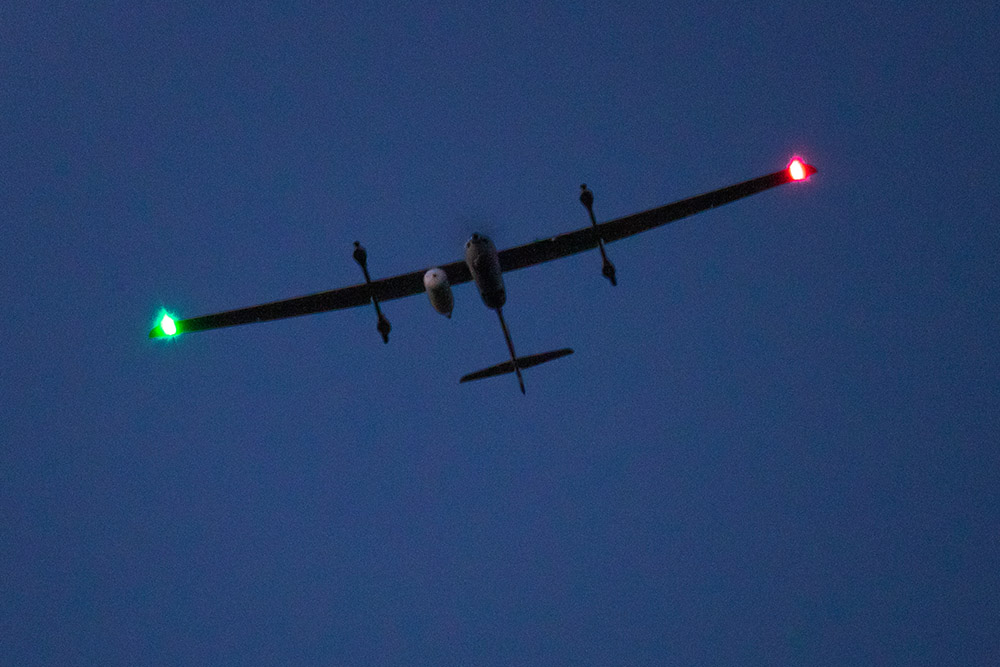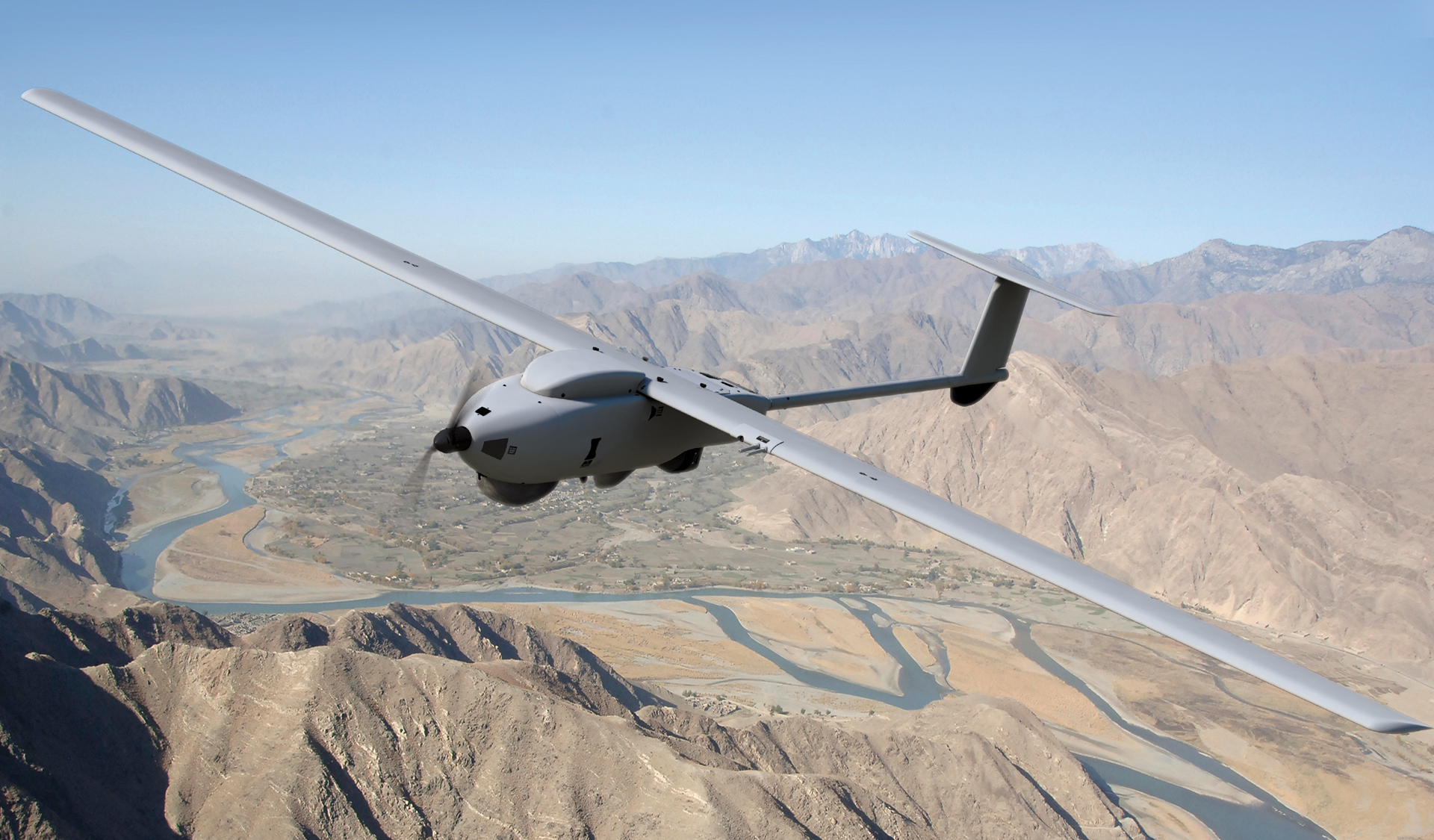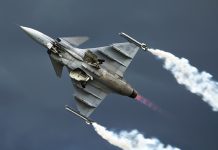Lockheed Martin announced on April 11, 2022, that its specially configured Stalker VXE unmanned aerial system (UAS) completed a world record of nearly 39-hour flight on February 18, 2022, at the Santa Margarita Ranch in California, “demonstrating the greater endurance capabilities of the system.”
Stalker, which could also be powered by a ruggedized Solid Oxide Fuel Cell, can operate on propane for over 8 hours. However, in the latest test, the aircraft managed to push its boundaries, staying in the air for 39 hours, 17 minutes, and 7 seconds, setting a new record in the Group 2 category (which includes UAS that weigh between 11 and 55 pounds/ 5 and 25 kilograms).
New. World. Record.
The Stalker VXE UAS set a new world record by flying for over 39 hours straight. pic.twitter.com/FnFQ5mk971
— Lockheed Martin (@LockheedMartin) April 11, 2022
For this record-breaking flight, a production Stalker VXE was retrofitted with an external, wing-mounted fuel tank. Stalker VXE’s mission capabilities will be scaled in the future, and the flight gave significant feedback for future upgrades, according to the press statement released by Lockheed Martin.

Stalker VXE’s class-leading endurance, broad operating envelope, modular payload compliance, vertical take-off, and landing capability, and open system design, according to the firm, allow it to carry out a variety of missions with a tiny operational footprint and crew.
The flight has been forwarded for certification to the Fédération Aéronautique Internationale (FAI), the world’s sanctioning body for aviation records, through its US affiliate, the National Aeronautic Association.
Lockheed Martin’s Stalker UAS
Stalker is a Group 2 Unmanned Aerial System (UAS) that provides long-endurance imaging capability in a multitude of contested environments. The drone’s mission is to assist warfighters with information, surveillance, and reconnaissance data. It’s also capable of border patrol and other special activities.
Since 2006, the basic Stalker UAS has been in operation with the US Special Operations Command (USSOC).
According to the company, this drone is used by Special Forces all around the world. However, the company’s website makes no mention of which countries are currently using this drone.
The drone participated in Lockheed Martin’s collaborative unmanned systems demonstration, which used prototype UAS Traffic Management to integrate unmanned systems into the National Airspace System (NAS). By interacting with air traffic control, it assures the safe operation of air vehicles.
In November 2015, Stalker transmitted geolocation and data to the Kaman K-MAX unmanned cargo helicopter deployed in a fire-fighting mission during the demonstration in Rome. In October 2015, the UAS was on display at the AUSA 2015 (Annual Meeting and Exposition) in Washington.
It has a wingspan of 18 feet (4.8 meters) and can take off and land in difficult conditions, giving operators more operational mission flexibility. The aircraft has a payload capacity of 5.5 pounds (2.5 kg).
Under the fuselage of the UAV is a modular dual electro-optical, infrared, low-light imaging camera that provides continuous surveillance and high-definition imagery throughout both day and night. The imager’s pan, tilt, and zoom (PTZ) head enable it to cover a larger area. It also has a laser illuminator and a payload compartment that may be dropped.
Stalker uses propane to operate for 8+ hours and can be powered by a ruggedized Solid Oxide Fuel Cell if needed. The fuel cell technology was developed as part of a collaborative project coordinated by Lockheed Martin and Adaptive Materials (now a part of Ultra Electronics Holdings) and funded by the Defense Advanced Research Projects Agency (DARPA). The nose of the UAV is also outfitted with a two-bladed propeller.

It has a top speed of 58 miles per hour (93 kilometers per hour) and can reach elevations of 12,000 feet (3,658 meters). The system can also be customized to run on batteries to satisfy the mission’s requirements. This gives it a four-hour working time. Furthermore, It is capable of functioning in any type of environment.
The unmanned aircraft and its payloads are monitored and controlled remotely via a laptop-based ground control station, which also acts as the operator’s user interface. The ground station receives and processes the imagery and data taken by the vehicle.
- Contact the author at ashishmichel@gmail.com
- Follow EurAsian Times on Google News




